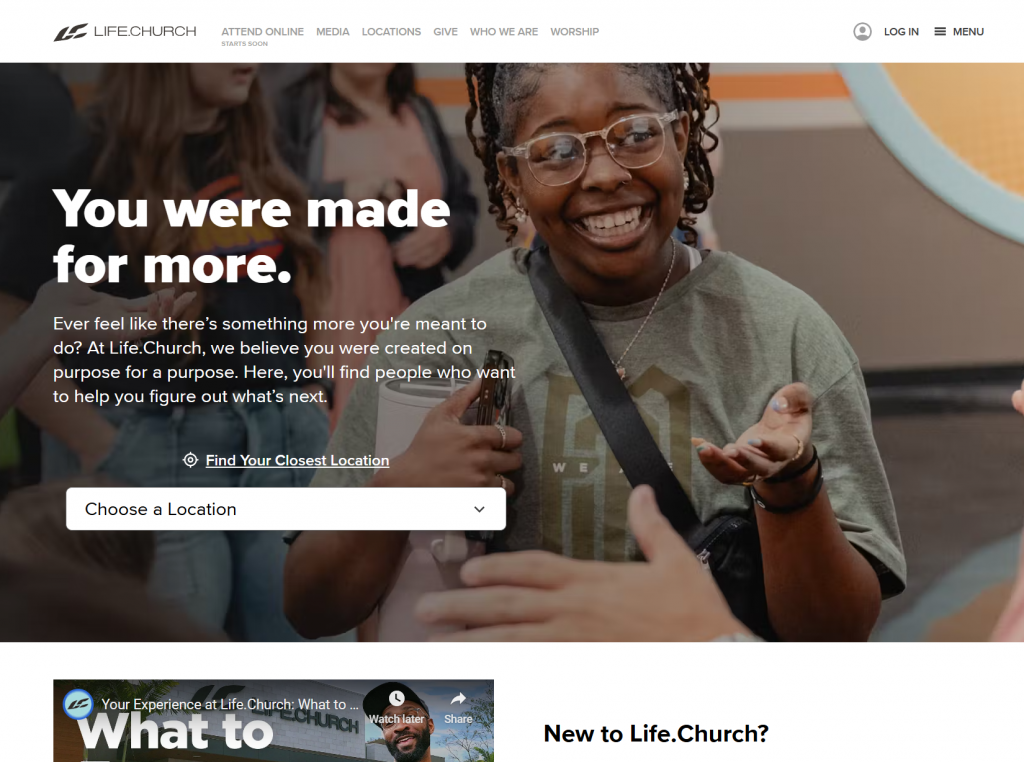Summary: Your church already has a reputation in your community, but it’s not just built by what happens on Sundays. People form impressions based on who you partner with, the organizations you’re connected to, and even the voices you platform. When positive, these secondary associations can strengthen trust and expand your influence. When negative, they can create confusion and erode credibility.
Why Secondary Associations Matter
In marketing, secondary brand associations occur when your brand borrows equity from another entity, whether that’s a company, person, event, or endorsement. In turn, people transfer what they believe about that entity to you.
For churches, this plays out in everyday ways:
- The leaders you elevate shape what your church is known for.
- The events you sponsor tell your community what you value.
- The partnerships you form either build trust or raise doubts.
The truth is that people are always making associations. The question is whether you’re being intentional about the ones you’re creating.
Consider these two marketplace examples that show how associations can either fuel growth or create costly setbacks:
- Fashion brand Aldo partnered with Brooks Brothers and Mattel’s Barbie in 2023. Within one quarter, surveys showed people’s overall trust and perception of the brand grew by 3.2 points. Even more, the number of people willing to buy from Aldo increased by nearly 6 points, and brand awareness rose by over 4 points (The Harris Poll).
- Subway’s ties to spokesperson Jared Fogle backfired in 2015. Despite opening more stores that year, sales still fell by $400 million (Eater). The negative association outweighed even their growth efforts.
Associations are powerful and your church is always building them in people’s minds, whether intentionally or by accident.
Case Study: Life.Church
Life.Church offers one of the clearest examples of leveraging secondary associations effectively:
- Global Innovation Through YouVersion
Life.Church created the YouVersion Bible App, which has been downloaded over 500 million times and made Scripture accessible in more than 1,900 languages. That association automatically links Life.Church with innovation, accessibility, and global reach. - Generosity Through the Open Network
By equipping over 8,000 other churches with free resources, Life.Church borrows and reinforces the value of generosity. Their identity is not just about what happens in their own services. It’s also about how they serve others. - Reputation Through Media & Partnerships
Because of consistent digital presence and trusted collaborations, Life.Church is widely associated with being forward-thinking and technologically savvy.

The result? Life.Church averages more than 85,000 weekly attendees and is recognized as a global innovator and generous partner. Their brand equity comes not just from what they say about themselves but from the associations people consistently make through their platforms, partners, and actions.
How to Build Positive Associations for Your Church
- Evaluate your associations. What do your current, visible connections with people, organizations, and events communicate to others?
- Leverage trusted voices. Be selective about who preaches from your pulpit or leads visible ministries. Their character becomes part of your identity. Elevate those whose credibility strengthens your message.
- Celebrate Endorsements. Share awards, testimonials, and positive news stories. This third-party validation builds trust faster than self-promotion.
- Think beyond Sunday. Sponsor community events, offer resources, and join local initiatives to communicate to people what you really care about.
- Cut ties quickly when needed. If an association harms credibility or conflicts with your values, act swiftly to protect your reputation. If it doesn’t reflect your mission, it shouldn’t carry your name.
Bottom Line
Associations are powerful, and your church is always building them in people’s minds, whether intentionally or by accident. They can extend your influence, or they can undermine growth. This week, review your partnerships, platforms, and voices. Ask: Do these connections reflect our mission or distract from it? Then take one clear step: strengthen a positive association or cut a harmful one. Small, intentional moves today will shape how your community sees you tomorrow.





